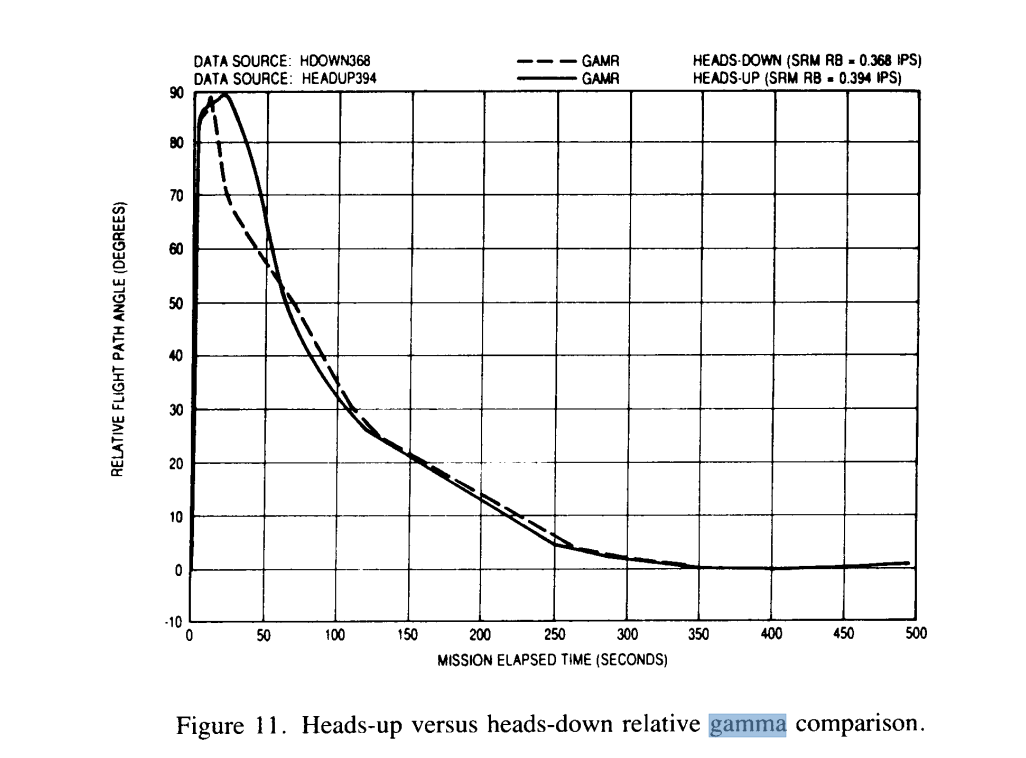I am trying to model the launch of the space shuttle (up to 120km of altitude) from Cape Canaveral, Florida. In order to do so I would need to know when the gravity turn part of the flight starts and stops.
I know that the gravity turn starts 20 seconds after lift off with a pitch angle of 78 degrees. (source look at left column)
Before that I will assume vertical flight.
I could find a paper in which figure 5 suggests that the gravity turn for ARES 1 starts 20 seconds after lift off and ends 130 seconds after lift off. But I don't know if the same would be true for the space shuttle.
I could not find any data about when the gravity turn stops for the space shuttle neither could I find at what angle of attack (& pitch) the space shuttle continues. Does anybody have this data?
